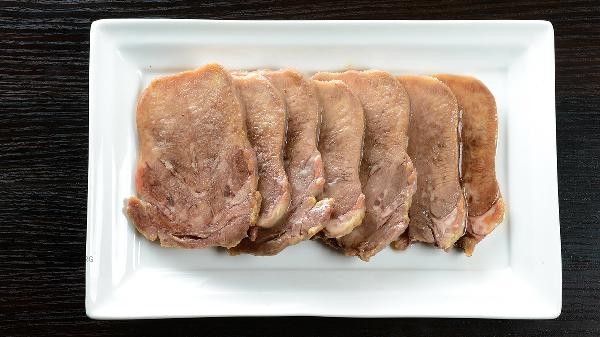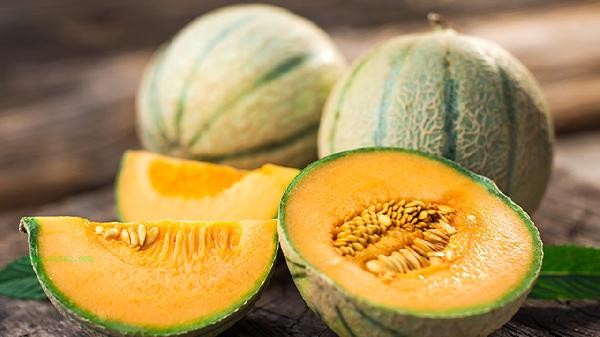Pork with peculiar odor can be removed by soaking, blanching, marinating, neutralizing spices, adjusting cooking methods, and other methods. The odor of pork may be caused by improper storage, residual blood, feed influence, differences in slaughter methods or breeds, and other factors.

1. Soak to remove flavor
Cut the pork into chunks and soak them in clean water. Add a small amount of salt or white vinegar to the water, and control the soaking time for about half an hour. Salt can help precipitate residual blood, while white vinegar can decompose some fishy substances. After soaking, rinse repeatedly with running water to ensure thorough removal of blood and impurities. This method is suitable for processing pork that is still fresh but has a slight odor.
2. Blanching treatment
Boiling pork in cold water can effectively remove its fishy and pungent taste. Add ginger slices, scallions, and cooking wine to the pot. After the water boils, skim off the foam and blanch for 3-5 minutes. High temperature causes proteins to solidify and lock in the freshness, while also allowing odor substances to precipitate with the foam. Blanched pork is more suitable for cooking methods such as braising, stewing, etc., which can prevent the repeated release of odors.
3. Marinating and
Marinating pork with seasonings such as cooking wine, soy sauce, ginger and garlic can not only mask odors but also enhance flavor. Acidic substances such as lemon juice or pineapple juice can decompose and oxidize fat to produce a spicy taste. It is recommended to marinate for no more than 2 hours, as excessive marinating can cause the meat to turn dry. This method is particularly suitable for pre-treatment of pork before stir frying.

4. Spice masking
Adding spices such as star anise, cinnamon, and Sichuan peppercorns during cooking can effectively mask the odor of pork. These spices contain volatile aromatic substances that can fully penetrate the meat through stewing. Heavy flavored dishes such as spicy hotpot and braised dishes can completely cover the off flavors of the ingredients by utilizing the strong aroma of spices. But it is important to pay attention to the amount of spices used to avoid masking the freshness of the pork itself.
5. High temperature stir frying
Rapid stir frying can cause the surface of pork to quickly char, forming a Maillard reaction that produces aromatic substances. After using a pan of scallions, ginger, and garlic, stir fry over high heat to decompose some of the fishy odor molecules. This method is suitable for situations where pork has a mild odor, and pairing it with side dishes such as green peppers and onions can better disperse the odor perception. Pay attention to controlling the oil temperature to avoid producing a burnt smell.

Choosing fresh pork is the key to avoiding odors. When purchasing, pay attention to having good meat elasticity, bright red color, and no odor. It is recommended to pack and freeze during storage, and slowly thaw in the refrigerator during thawing. Adequate preparation before cooking can enhance the taste of pork. For pork that still has a serious odor after repeated processing, there may be a risk of spoilage, and it is recommended to stop consuming it. Hawthorn, tangerine peel and other ingredients can be paired with daily diet to help digest greasy feelings.







Comments (0)
Leave a Comment
No comments yet
Be the first to share your thoughts!